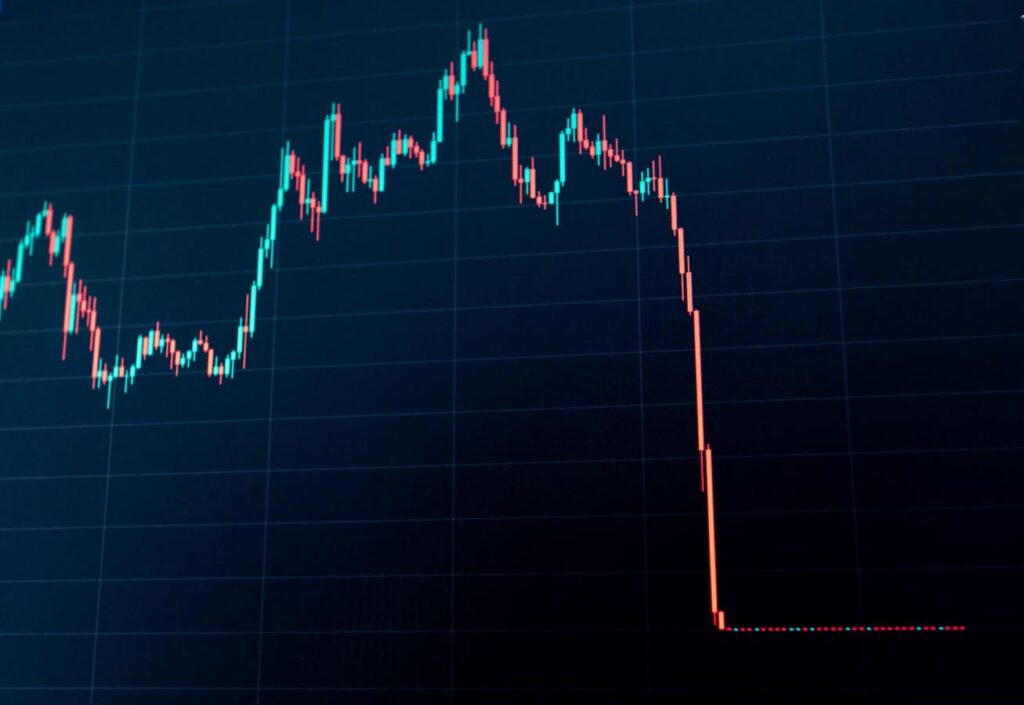Cryptocurrency Prices
The cryptocurrency market surged on Wednesday, recovering most of the losses from earlier this month.
Over the past day, Bitcoin
Bitcoin
Ethereum
Cardan
Solana
Dogecoin
BNB
XRP
Despite the recent recovery, traders remain cautious.
One concern is the uncertainty surrounding the upcoming inflation report and the upcoming Fed meeting. “Investors remain cautious ahead of the US CPI release this week,” crypto trading firm QCP Capital said on Telegram.
“They will be watching the inflation numbers closely to see whether the Fed will cut rates by 50 or 25 basis points in September.”
According to CME FedWatch, a barometer of market expectations for interest rate changes, there is a 100% chance that the Fed will cut interest rates at its next meeting in September.
The question is to what extent.
The odds between a quarter-point and half-point cut are almost evenly split, with the market pricing a 55.5% chance of a 50 basis point cut and a 45.5% chance of a quarter-point cut, according to the CME.
Another major risk traders are considering is the end of the yen carry trade. While the worst of the rout appears to be over, experts say there is no data to confirm that the market is out of the woods.
“We don’t have any real data to price our carry trades, to our knowledge,” TD Securities’ Richard Kelly said in a recent interview on CNBC. “I think there’s a lot that can still be worked out, especially given how undervalued the yen is.”
The risk of a yen carry trade is not just an immediate, knee-jerk market reaction. According to Kelly, this global reallocation of assets could haunt markets for years.
“This is going to change valuations for the next one to two years. It’s going to have repercussions,” he added.
As Reuters reported, the yen carry trade could affect more than $4 trillion in assets.
No “digital gold” yet
The mere fact that cryptocurrency was caught up in the broader market rout earlier this month sends a stronger message: Cryptocurrency is not “digital gold” — at least not yet.
When stocks fell on August 5, bitcoin collapsed instead of serving as a hedge. Bitcoin’s correlation with gold has also turned negative since July, according to Bloomberg.
Despite cryptocurrencies’ growing appeal as a legitimate alternative asset class, experts say they remain one of the first risk assets that traders dump when things go south.
“If investors panic or are looking to deleverage, crypto is often the first asset on the list,” said eToro analyst Josh Gilbert.
According to Gilbert, it is too early to hope that Wall Street will accept Bitcoin as an alternative to gold (a historical asset with a track record spanning several millennia) and put its money where its mouth is.
“It’s unrealistic to think that institutional investors are allocating capital to bitcoin for the same reason they are to gold,” Gilbert said. He said the two assets still serve opposing goals at the institutional level.
It remains to be seen whether Bitcoin and other cryptocurrencies will manage to escape the stigma of speculative assets.

